From Oxfordshire to Marrakech, six places to trace the legacy of Winston Churchill
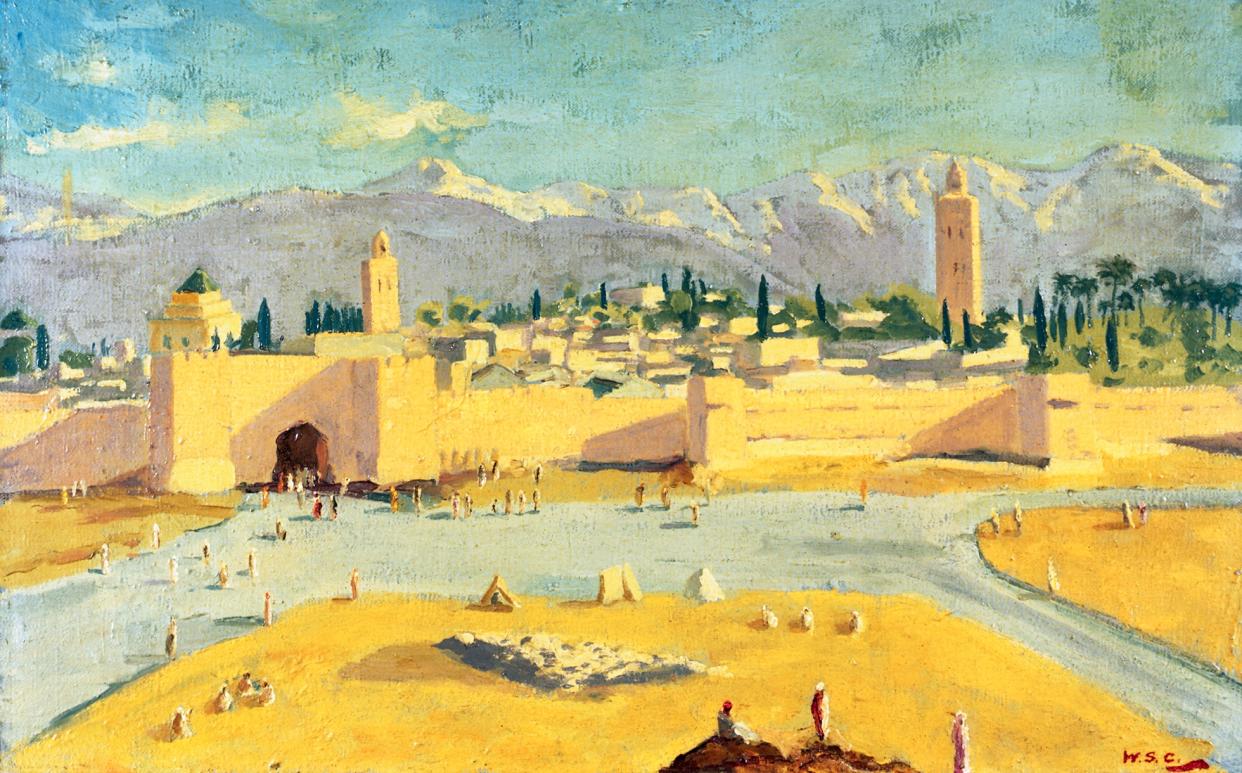
He is a figure who could never be described as unfamiliar, whether his face is caught in the grainy spotlight of the newsreel, or is being reappraised for a later generation by one of the stars of the big screen.
It is the latter which will bring Sir Winston Churchill back into immediate focus today via the release of Darkest Hour - and a portrayal of the great man by Gary Oldman which has garnered early talk of Oscar statuettes.
And if this cinematic tour de force makes you want to wander in the footsteps of Britain's wartime leader, these are some of (although not all of) the places you might consider...
Blenheim Palace
Churchill scarcely came into the world in humble surroundings - he was born at Blenheim Palace, the magnificent estate at Woodstock in Oxfordshire that was built for his ancestor, the first Duke of Marlborough, between 1705 and 1722. It was constructed in thanks for John Churchill's services to the nation in facing down and defeating the armies of the expansionist French king Louis XIV, culminating in the Battle of Blenheim in 1704.
It was oddly appropriate, then, that the palace should be the birthplace of another British giant who would stand tall against aggression on the continent. The main house has a permanent exhibition dedicated to John Churchill's great-great-great-great-great-grandson - including the room where he breathed his first.
Visit: £26; blenheimpalace.com
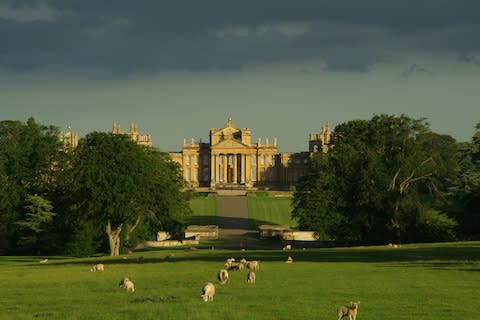
Churchill War Rooms
Darkest Hour focuses on Churchill at the helm of the British ship during the Second World War, beginning in May 1940 with his return to Parliament amid a general loss of confidence in Neville Chamberlain.
Constructed under the Treasury in Whitehall, central London, in 1938 and 1939, as the global shadows lengthened, the Cabinet War Rooms would be the scene of many of the new Prime Minister's discussions regarding military matters against Germany. Churchill visited this most feted of bunkers within days of taking on his new role, famously declaring: "This is the room from which I will direct the war".
In total, 115 Cabinet meetings would be held here, the final of them on March 28 1945. Abandoned shortly after Japan's surrender in August 1945, the subterranean complex would be opened to the public as a museum in April 1984.
Visit: £18.90; iwm.org.uk/visits/churchill-war-rooms
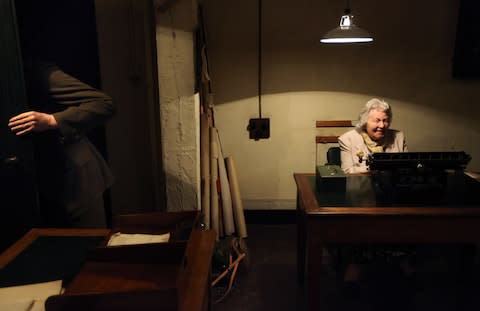
RAF Bentley Priory
Churchill spent a particularly crucial wartime moment in a different underground chamber. He monitored the D-Day landings, on June 6 1944 - alongside George VI and US General Dwight D. Eisenhower - from a bunker at RAF Bentley Priory.
This Royal Air Force Station, near Stanmore in north-west London, was one of the nerve-centres of Britain's war effort - it was, of couse, the headquarters of Fighter Command during the Battle of Britain. Decommissioned as recently as 2008, the site is now host to Bentley Priory Museum, which does a fine job of recalling what went on here in the Forties.
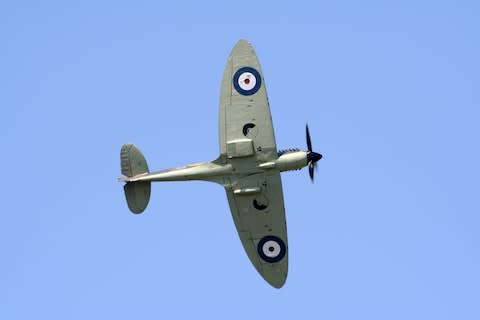
Alas, the bunker cannot be visited. The structure used by Eisenhower and Churchill was effectively obliterated in the early Eighties when a deeper space, capable of surviving the deadlier dangers of the Cold War, was carved out. This is also inaccessible - it was filled in in 2010 after being deemed too expensive (and too unexceptional) to maintain.
Visit: £8.80; bentleypriorymuseum.org.uk
Read more | Darkest Hour
Chartwell
If Churchill's soul lies anywhere, it is perhaps at Chartwell, the country residence - at Westerham in Kent - which he bought in 1922 and lived in, on and off, until his death in 1965.
It was his port in a storm, his refuge, and it witnessed some of the quieter moments of his life - notably the "wilderness years" of the Thirties when, effectively exiled from British political life, he spent long days here painting, thinking, walking and writing.
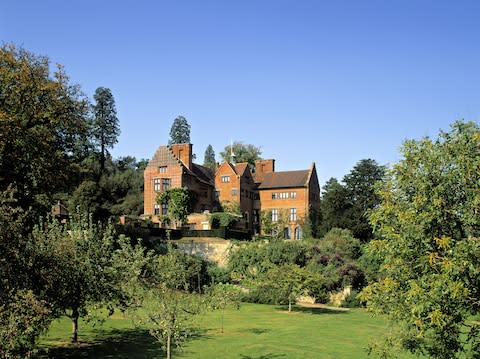
It was acquired by the National Trust while he was still alive - in 1946, when he found himself in choppy financial waters after losing the 1945 election - and remains one of its most popular properties, with some 232,000 visitors every year.
Visit: From £14.40; nationaltrust.org.uk/chartwell
St Martin's Church
Churchill would recover from his defeat at the ballot box in 1945, winning the 1951 election to return to his seat in the Commons as Prime Minister - but his health would deteriorate rapidly during his second premiership. He suffered a stroke (his second) at 10 Downing Street in June 1953, and would retire from his role in April 1955. Another stroke would ultimately claim him, and he died, aged 90, on January 24 1965 - in his London home at 28 Hyde Park Gate.
His funeral was held at St Paul's Cathedral on January 30 - but he was buried in rather less grand suroundings. His grave can be found in the grounds of St Martin's Church in Bladon - close to his Woodstock birthplace. He was joined by his wife of 57 years, Clementine, in December 1977.
Visit:woodstockandbladon.com
In quotes | Winston Churchill
Marrakech
While most of the meatiest portions of Churchill's existence took place on British shores, he had an enduring dalliance with Morocco - which reached its most notable hour in January 1943, when he persuaded the American president Franklin D Roosevelt to accompany him to Marrakech.
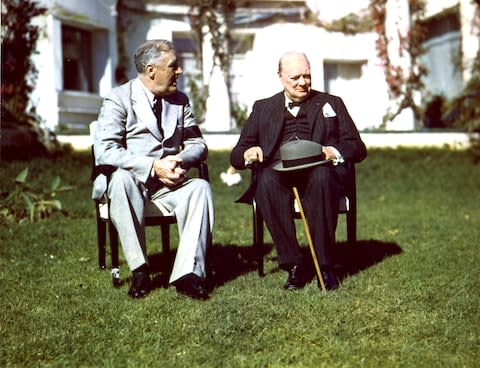
The pair had attended the Casablanca Conference, an Allied strategy pow-wow, but Churchill was able to convince his US counterpart to take a five-hour drive to a place he termed the "Paris of the Sahara", having falling for it during a "wilderness years" painting trip in the winter of 1935-36. He even managed to have the wheelchair-bound Roosevelt conveyed to the top of the tower in the place where they stayed - an oasis called Villa Taylor in what is now the Gueliz district - as he wanted him to witness the sunset over the Atlas Mountains.
Unfortunately, while the villa still exists, it is in a decrepit condition, and not open to the public. Churchill-philes can, though, track their man in Marrakech by booking a night at La Mamounia, the five-star retreat where he slumbered on subsequent visits to the city.
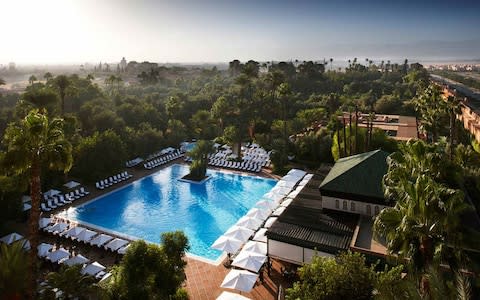
They can also drink amid the wood panels and leather armchairs of its Le Churchill bar, where the cocktail list features the "Sir Winston Churchill" - a decadent alliance of Tanqueray gin and champagne that comes with a suitably epic price (320 Moroccan Dirham/£25).
Visit: Double rooms from £315; mamounia.com